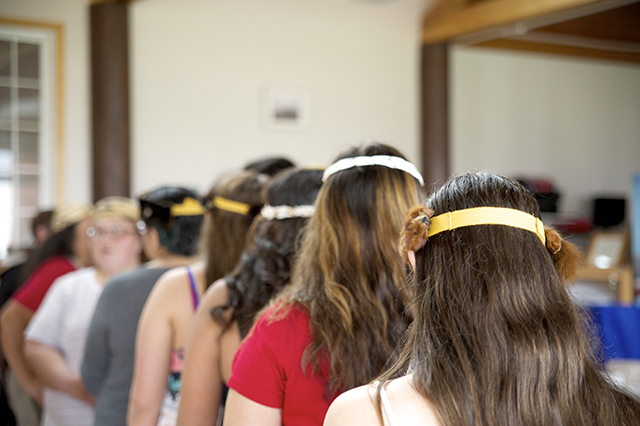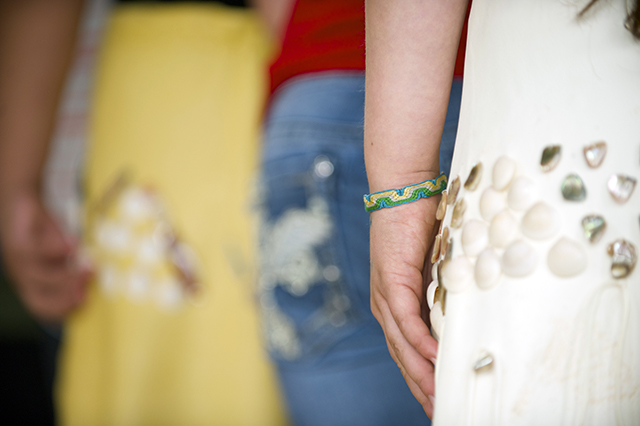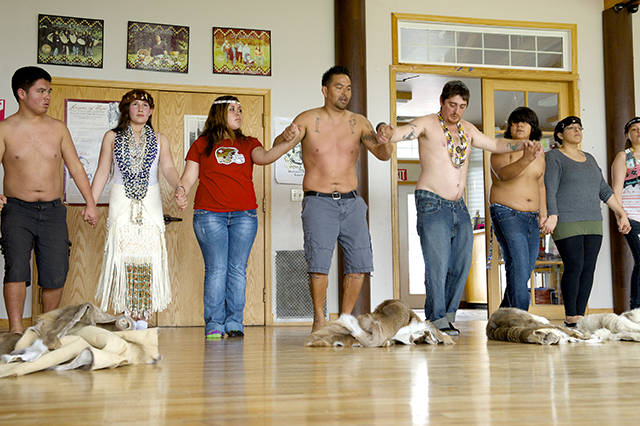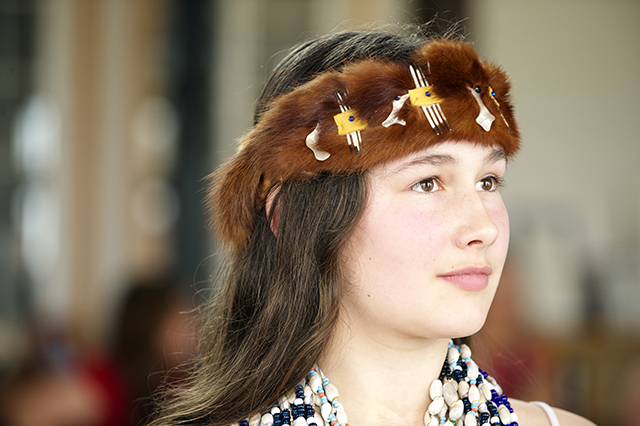
“In doing this dance, we are trying to acknowledge and remember what happened to our community,” said Jessie Sherman, 37, a Wiyot tribal member. “We’re trying to feel what they felt and remember our ancestors who died.”
Last weekend, Wiyot and other local tribal members—including several HSU alumni and staff—participated in a World Renewal Ceremony at Tuluwat Village on Humboldt Bay.
The three-day event on Indian Island included traditional Wiyot singing, regalia, dance, and an opportunity for attendees to find closure from a massacre that nearly decimated the Wiyot people in 1860.
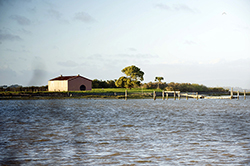
In the middle of the night, white settlers used axes and knives to kill between 80 and 250 tribal members, according to the Wiyot. “This is something that happened a couple of generations ago," said Stephen Kullmann (’09, M.S. Environmental Systems), natural resources director for the tribe. "These kind of tragic events affect not just the tribe, but the entire community." HSU sits on the northwestern portion of the Wiyot tribe’s ancestral territory, which encompasses Little River to the north, Bear River Ridge to the south, and Chalk Mountain and Berry Summit to the east.
After the attack, the island—which was considered a sacred site and the “center of the World” in Wiyot culture—was used as a drydock for over 100 years, treating boats with chemical preservatives, pesticides, and paints.
In 1970, Wiyot elders began the long process of reclaiming the site from the city of Eureka. The tribe purchased 1.5 acres of the Island in 2000 and the city of Eureka gave them 40 acres in 2004. Soon after, natural resource specialists led by HSU alumni began remediating the toxic contamination through federal, state, local, and private funds. Their dream: to perform the first World Renewal Ceremony in more than 150 years.
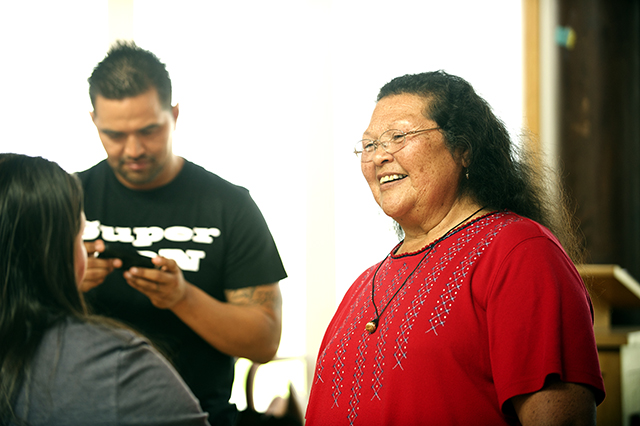
“You set a goal for yourself and you go with it,” says Cheryl Seidner, a Wiyot councilperson instrumental in the reclamation. “You don’t know when it’s going to happen and you don’t how it’s going to happen,” says Seidner, a former HSU staff member who earned an honorary doctorate in 2008 for her work on behalf of indigenous communities. “All you know is that it’s going to happen.”
That dream became a reality this weekend when hundreds of people from around the country travelled to the island via boat to observe the historic event. The ceremony took on additional significance with loaned regalia from the Smithsonian Institution in Washington, D.C.
The event comprised months of preparation: fasting, sweat lodges and praying for those who were lost. It also culminated years of community activism, fundraising and a massive cleanup effort by tribe members and others, many of whom have connections to HSU.
“The fact is that the right people had to come along in all the right places for it to come together and that is pretty unbelievable,” said Eddie Koch (’14, Fisheries Biology), a Yurok tribal member and intern for the Wiyot Tribe Natural Resources Department.
For Michelle Hernandez (’13, Theatre Arts and Native American Studies), dancing in the ceremony gave her the opportunity to reconnect with a culture that was interrupted by a brutal massacre nearly 160 years ago.
“I always tell people that our culture wasn’t lost, it was just sleeping,” says Hernandez, the tribe’s youth coordinator and council treasurer. “It’s been waiting for us to wake it up and now it’s time.”
_For more on HSU’s involvement in the Tuluwat Island reclamation, cleanup and World Renewal Ceremony check out the full story in the Fall ’14 edition of Humboldt magazine._
